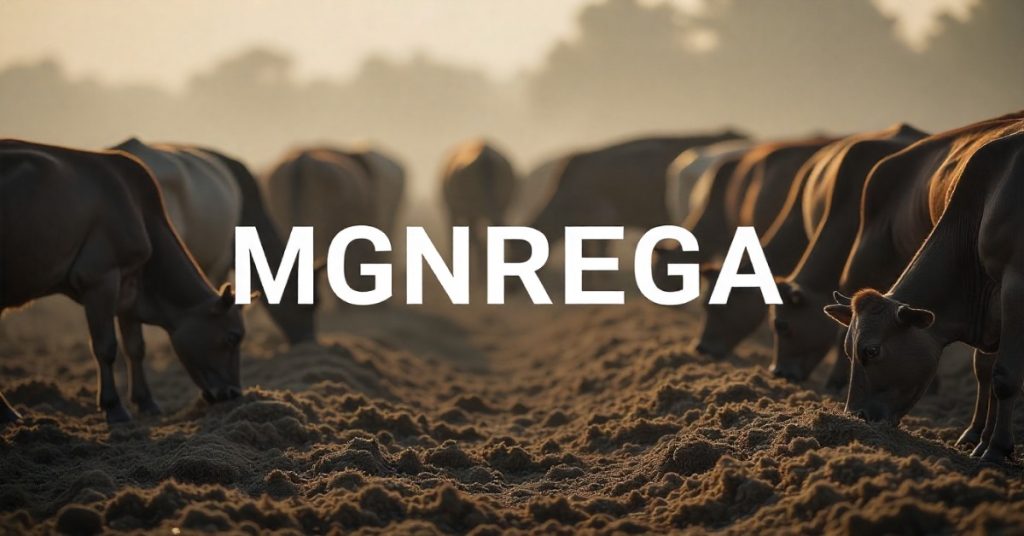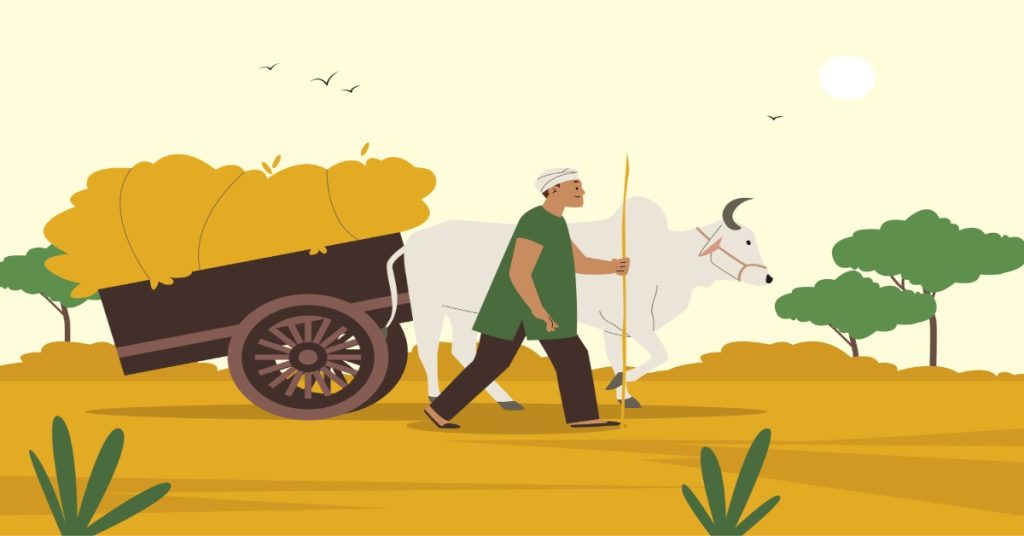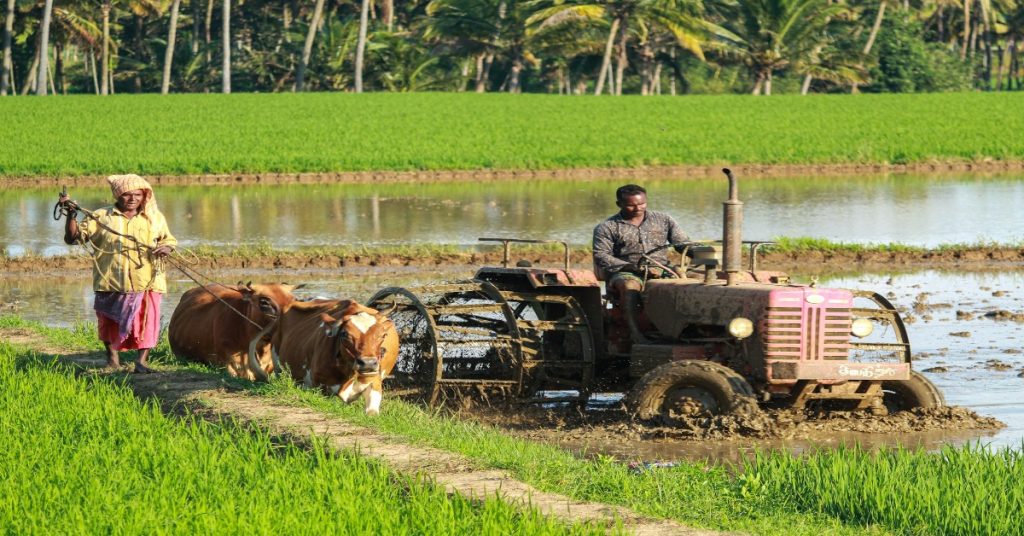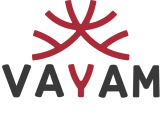
Are you a small dairy farmer struggling to make ends meet? Do rising labor costs and unpredictable earnings keep you up at night? You’re not alone. Across India, countless local dairy farming businesses face hurdles that threaten their survival. But there’s some good news on the horizon MGNREGA (Mahatma Gandhi National Rural Employment Guarantee Act) is quietly supporting the backbone of rural India: the dairy business.
In this blog, we’ll walk through how MGNREGA is bringing positive change to rural dairy farmers, easing their pain points, and helping communities thrive.
What is MGNREGA and Why Does it Matter for Dairy Farmers?
MGNREGA was introduced in 2005 to guarantee 100 days of wage employment to rural households. Its main goal is to provide livelihood security, but over the years, it has grown into a tool for rural development. While MGNREGA covers a wide range of public works, its activities often have a direct impact on local dairy farming—sometimes in ways not immediately obvious.
But why should dairy farmers care about MGNREGA? It’s because the scheme isn’t just about digging ponds or building roads. Many of its projects directly or indirectly improve the environment in which dairy businesses operate.

Addressing Core Pain Points for Dairy Farmers
Being a dairy farmer isn’t easy. Here’s what farmers often grapple with:
- Lack of steady, affordable labor
- Water scarcity and lack of reliable infrastructure
- Low productivity due to poor fodder availability
- Inconsistent feed and veterinary support
- Low prices for milk due to limited bargaining power
Let’s see how MGNREGA is bringing relief.
1. Providing Local Jobs and Supporting Dairy Operations
You might wonder: how does a job guarantee scheme have anything to do with your dairy business? Here’s the connection. One of the main complaints from local dairy farmers is the shortage and high cost of labor. MGNREGA helps rural people get jobs within their own villages, ensuring that families have a steady income and, at the same time, are available to work part-time on their own fields and care for livestock.
This arrangement means local workers do not need to migrate to cities for low-paying jobs. They stay in the village, are better able to take care of their animals, and can participate in community dairy operations or form dairy cooperatives. Local labor, when directly involved in rural dairy projects, helps businesses maintain operations even during the farming off-season.
2. Developing Water Structures for Dairy
Ask any dairy farmer what keeps them awake at night, and “water” is likely at the top of the list. Cows and buffaloes need plenty of clean water, not just for drinking but to keep sheds clean and healthy too.
MGNREGA has helped construct thousands of check dams, farm ponds, wells, and water tanks across rural India. These projects mean farmers and their cattle no longer depend on distant or unreliable water sources. Easy access to water leads to healthier animals and better milk production.
3. Boosting Fodder Supply: Greener Pastures for Dairy Cattle
Another point of stress for dairy farmers is keeping animals well-fed, especially during dry months. MGNREGA’s focus on building farm ponds and helping with afforestation means that more land is available for growing grass and fodder crops.
Farmers can now grow high-quality green fodder near their homes. This saves money, cuts down on transport costs, and ensures cattle stay healthy, which means higher milk yield and better earnings from dairy.

4. Better Infrastructure, Better Business
MGNREGA’s scope goes far beyond water structures. Rural roads built under the scheme make moving milk from village to collection centers quicker and less expensive. This improved connectivity opens up new markets for local farmers and results in fresher produce reaching consumers. Less spoilage and faster transportation mean higher profits for dairy owners.
5. Empowering Women in Dairy
Did you know that women make up a big portion of India’s dairy workforce? Through MGNREGA, rural women can take on wage jobs without having to leave their homes for city work. This supports the family financially and helps women gain confidence and skills.
Women’s self-help groups and dairy cooperatives often benefit from MGNREGA’s infrastructure projects—be it water tanks, cattle sheds, or fodder plots. With this support, more women are able to participate in and even lead dairy ventures.
6. Supporting Community Cattle Care and Livestock Management
Through MGNREGA, villages can build community cattle shelters and organize better grazing management. Common village resources, often neglected, are revived through the creation of ‘govansh raksha’ (cattle protection) projects. These allow for collective animal care and disease prevention, saving individual farmers money on veterinary costs.
Stories of Change: How Villages are Transforming
Many regions, from Rajasthan to Tamil Nadu, have shown how MGNREGA projects have transformed dairy farming:
- Ajmer, Rajasthan: Water conservation structures built under MGNREGA helped revive grazing pastures, boosting milk yields and family incomes.
- Darbhanga, Bihar: Community wells and road repairs cut down transportation time, getting milk to market before it could spoil.
- Gadchiroli, Maharashtra: Women’s groups, supported by the scheme, planted fodder crops on MGNREGA land, lowering their dependence on purchased cattle feed.
Each of these cases shows how local dairy businesses, often thought of as too small to matter, get a significant lift (without using that word!) through smart, need-based projects.
How Dairy Farmers Can Make the Most of MGNREGA
If you’re in dairy and want to benefit, here’s what you can do:
- Participate in Local Gram Sabha Meetings: These village meetings help decide which MGNREGA projects to undertake. By voicing your needs—like water tanks, cattle shelters, or better roads—you can make sure dairy-focused initiatives are picked.
- Work with Farmer Groups: Form or join a local dairy or self-help group to propose productive community assets.
- Seek Information on MGNREGA Schedules: Be aware of upcoming projects that could support your dairy operations. The more informed you are, the easier it is to benefit.

Advantages for the Whole Community
While individual farmers benefit, the entire village stands to gain:
- Fewer people migrate, so families remain united
- Women are included in income-earning activities
- Children are healthier as households are less stressed about money
- Local economy grows as farmers spend more on goods and services
Common Concerns and How to Solve Them
Some farmers worry about delays in payments or problems in getting their projects approved. The solution? Stay actively involved in village-level planning and monitor the weekly progress. If payments are delayed, register a grievance online or directly at the panchayat office.
Another concern is that sometimes only big-ticket projects get chosen, ignoring smaller but critical dairy-related needs. Build a case with data—show how a reliable cattle shelter or pasture benefits the majority and supports the spirit of MGNREGA.
Read More
How to Renew Your MGNREGA Job Card: A Complete Guide
How to Ensure Your MGNREGA Job Card is Not Misused
How to Access MGNREGA Training Programs for Skill Development
A Strong Future for Rural Dairy Farming
MGNREGA is not a magic wand, but it’s making a real difference in the lives of rural dairy farmers across India. By improving water resources, making skilled labor available locally, and building much-needed roads and shelters, the scheme backs the very people who put milk on our tables every day.
If you’re a dairy farmer, stay informed and involved. Make your needs heard. When the government, local communities, and small business owners work together, everyone wins.
Ready to give your dairy business a helping hand through MGNREGA? The opportunities are there—grab them, and watch your resilience grow.
